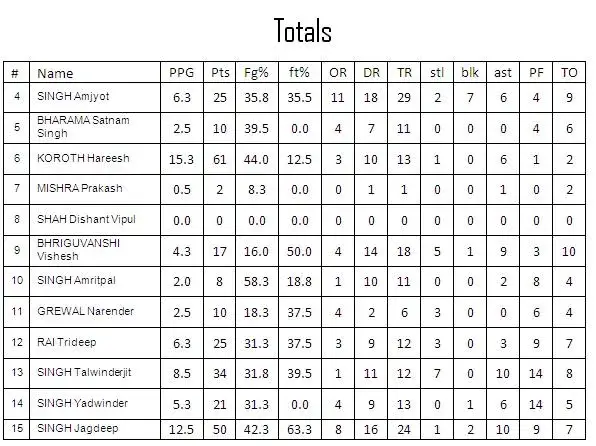Unraveling the Future of Basketball: The Game-Changing Role of Data Analytics

Basketball has come a long way since its humble beginnings in the late 19th century. Today, the sport is a multi-billion-dollar industry with millions of fans worldwide. One of the most significant factors in its evolution is the increasing use of data analytics to shape game strategies and elevate player performance. In this article, we will explore the impact of basketball analytics on team strategies, player development, and how data science is revolutionizing the game.
The Rise of Basketball Analytics
The use of statistics in basketball is not new; coaches and analysts have long tracked player performance through basic stats such as points, rebounds, and assists. However, the advent of advanced metrics, fueled by the rapid growth in computational power and data storage, has ushered in a new era of data-driven decision-making in the sport.
At the forefront of this revolution is the application of advanced analytics to assess player performance, identify strengths and weaknesses, and develop innovative game strategies. Coaches and general managers are increasingly leveraging this data to gain a competitive edge, using insights from analytics to inform their decisions on roster construction, player development, and in-game tactics.
Advanced Metrics in Action
Some of the most popular advanced metrics in basketball analytics include Player Efficiency Rating (PER), Win Shares, and Real Plus-Minus (RPM). These metrics provide a more comprehensive understanding of a player's contributions to their team's success beyond traditional box score stats.
For example, PER measures a player's overall effectiveness, accounting for factors such as shooting efficiency, rebounding, assists, steals, and blocks. This allows coaches to identify which players are truly impacting the game and adjust their rotations accordingly.
Another essential aspect of basketball analytics is the use of spatial data to analyze player movement and shot selection. Sports data companies like Second Spectrum and SportVU have developed tracking systems that use high-resolution cameras to capture the position of players and the ball at every moment of a game. This data can be used to identify optimal player spacing, defensive strategies, and shot selection, leading to more efficient offenses and stingier defenses.
Basketball Analytics in Player Development
Data analytics has also become a vital tool for player development. Coaches can use data to identify areas where players need to improve, and then tailor training programs to address those weaknesses. For example, by analyzing shooting data, a coach can identify a player's "hot zones" and "cold zones" on the court and design practice drills to improve shot selection and efficiency.
Additionally, biometric data, such as heart rate, sleep patterns, and nutrition, can be monitored to optimize player recovery and overall health. This information can be invaluable for injury prevention and management, ensuring that players remain in peak condition throughout the grueling NBA season.
The Future of Basketball Analytics
As technology continues to advance, the role of analytics in basketball will only grow. Artificial intelligence (AI) and machine learning algorithms are being developed to process vast amounts of data and identify patterns that humans may overlook. These insights have the potential to revolutionize game planning, as coaches will be able to make data-driven adjustments in real-time during games.
Moreover, virtual and augmented reality (VR and AR) technologies are emerging as powerful tools for player development, allowing athletes to simulate game situations and hone their skills in immersive environments.
In conclusion, the impact of analytics on basketball strategies and player development is undeniable. As data science continues to evolve, it will play an increasingly vital role in shaping the future of the sport. By embracing these innovations, teams can gain a competitive edge and unlock new levels of performance on the court.

